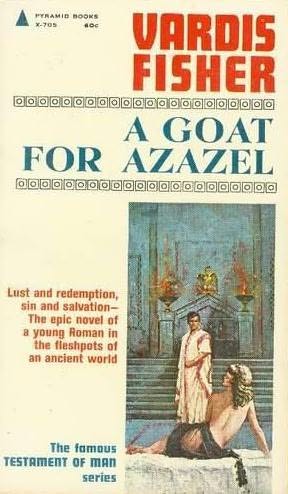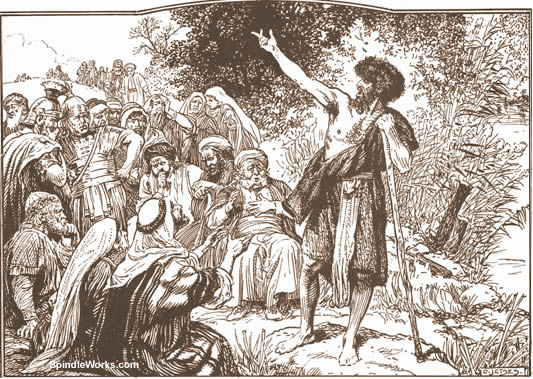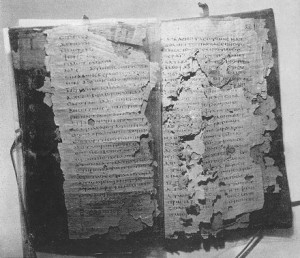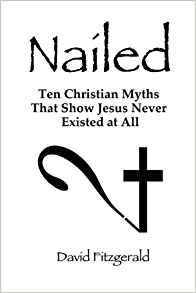
Couchoud follows the main outline of Acts in his account of the missionary career of Paul. Where and why he occasionally deviates from Acts is explained in context below. (All posts in this series, along with a few extras, are archived here.)
At first glance it appears that C is merely repeating a well-known set of missionary adventures of Paul. He is to a certain extent, but it is still worth reading in order to grasp the scenario of what he believes those early churches looked like. Keep in mind that the gospel narrative of an earthly life of Jesus has not yet been heard of. The religion is all about the expectation of a Son of God to descend from heaven.
More interesting for me is that it writing out the notes has driven home to me what I think are serious questions about the ostensible claims we find within the letters of Paul. My own comments are in italics and square brackets.
Barnabas and Paul, inspired by the Spirit, undertook their first missionary expedition:
- Crossed island of Cyprus
- Along southern coasts of Asia Minor
- Through Pisidia and Lycaonia — both thickly populated and Hellenized
- Into the Roman province of Galatia
They learned that preaching the gospel in the Greek world was no idyll. Blows were abundant and life itself was often in the hazard. (p. 48)
We know the story.
Traveling Jews were invited to say a few edifying words in the local synagogues.
Barnabas and Paul profited by this custom to announce the imminent Day of Doom, to reveal the mystery of Jesus Christ dead and risen, and to preach Salvation by his name. Not many Jews were interested; they were annoyed.
But then there was another group nearby, the fertile seed-bed of Christianity:
There were about every synagogue a number of men and women, especially women, who, though not Jews, feared the God of the Jews and desired to placate Jahweh by offering him worship. They formed a sort of floating, indefinite, and unorganized appendix to each synagogue. Among them were to be found the predestined Saints. They had to be detached from official Judaism, united among themselves in Jesus Christ, by means of baptism, by the holy kiss, by miracles and prophecies. Chiefs had to be found for them, and they had to be kept chaste and holy for the arrival of the Lord. This led inevitably to strife. The local Jews raised Cain. They protested to the authorities. The prophets usually left in a riot, in a shower of stones, but leaving behind a new ekklesia of Jesus.
So goes the story.
These two apostles returned to Antioch “in hope and experience.”
Paul’s next plan was for a longer journey. He took Silas, a prophet from Jerusalem, to re-visit the churches established in the first journey and to “maintain their fervour”. This time he set out north (and overland) from Antioch. Continue reading “The struggles of Paul (Couchoud continued)”








